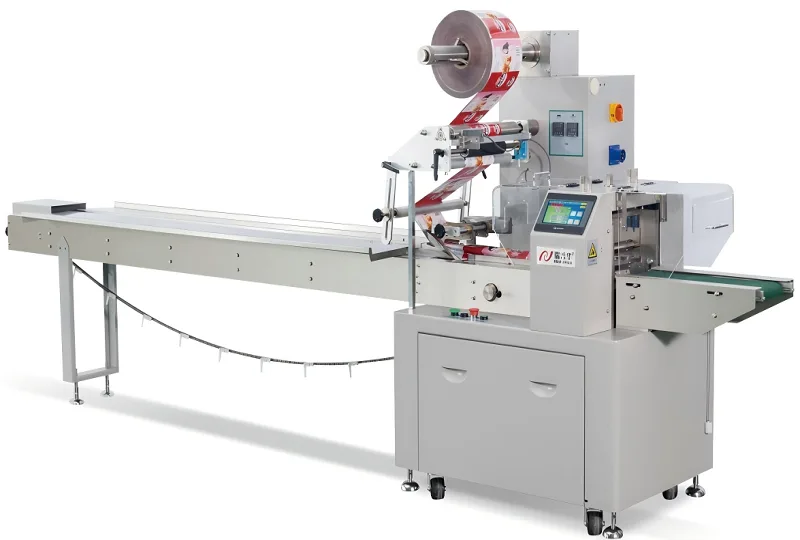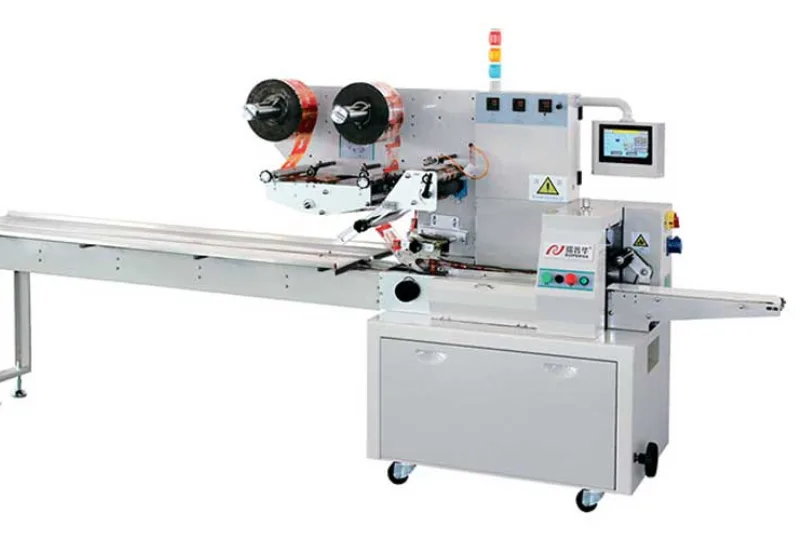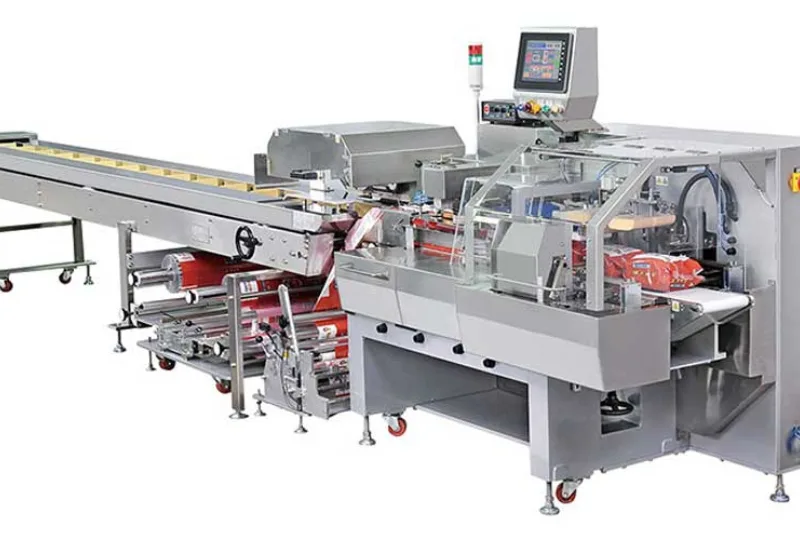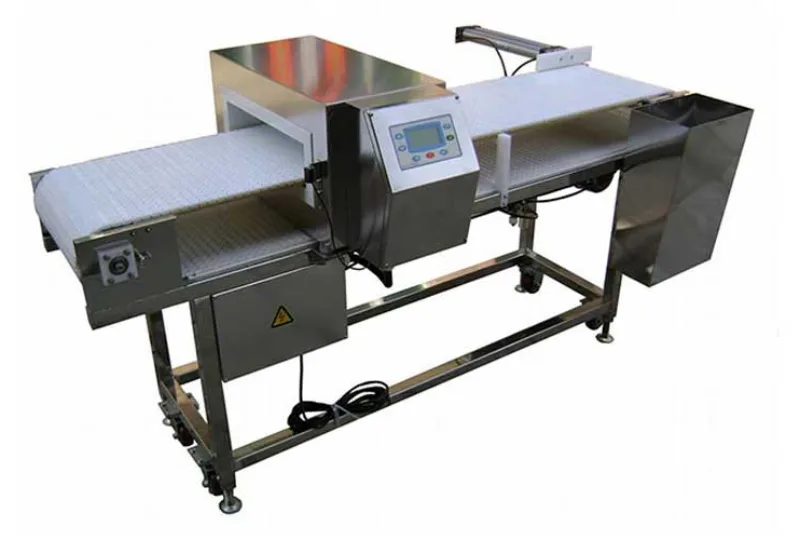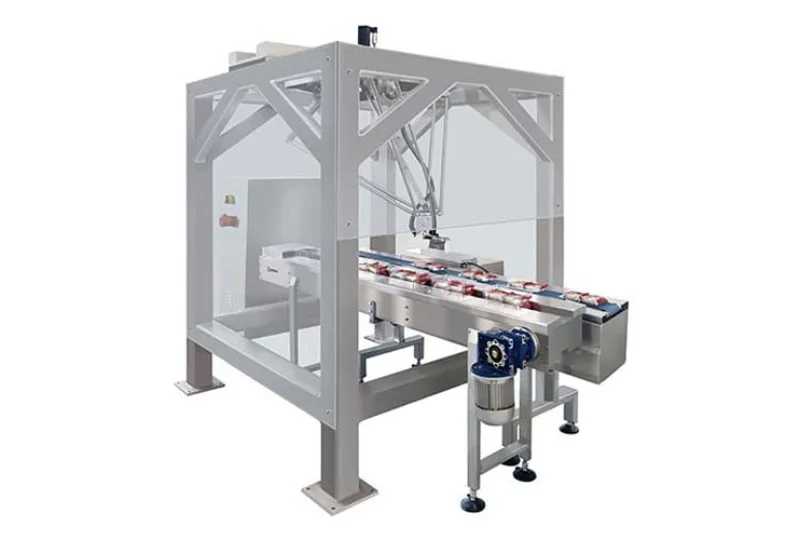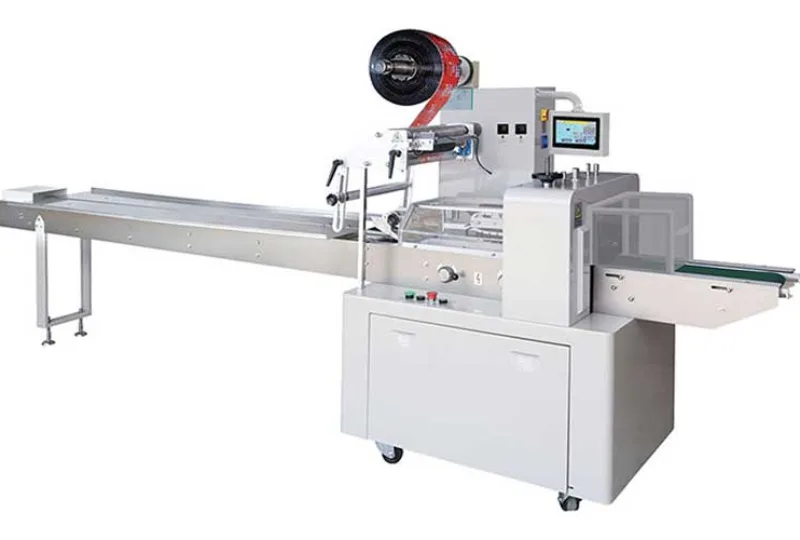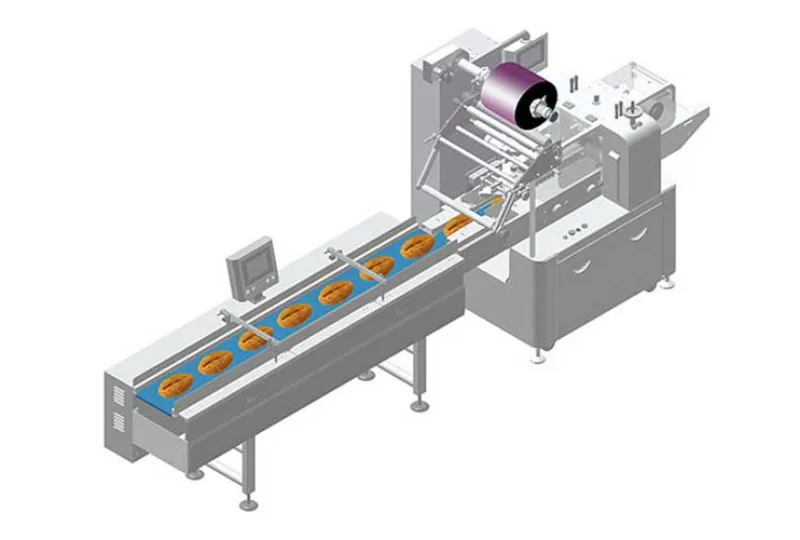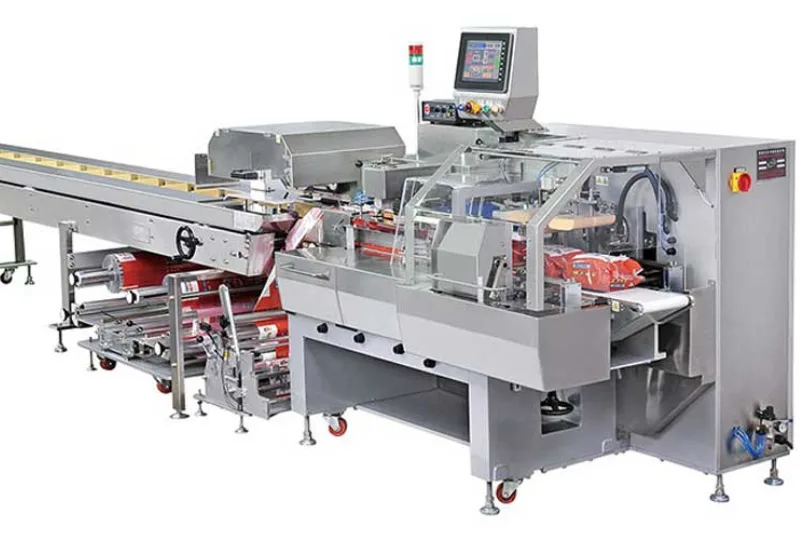Best Practices for Setting Up and Maintaining Horizontal Pillow Packaging Machines
Horizontal pillow packaging machines are widely used in various industries for packaging a wide range of products. To ensure optimal performance and longevity of these machines, it is crucial to follow best practices for their setup and maintenance. This article provides comprehensive guidance on best practices for establishing and maintaining horizontal pillow packaging machines.
Machine Setup
1. Proper Placement and Leveling:
Horizontal pillow packaging machines should be placed on a stable and level surface to ensure smooth operation. Leveling the machine using spirit levels helps prevent uneven wear and tear on mechanical components.
2. Electrical Connections:
Electrical connections must comply with local codes and regulations. Ensure proper grounding to avoid electrical hazards. Use the correct voltage and amperage according to the machine specifications.
3. Film Loading and Alignment:
Proper film loading is essential for efficient packaging. Align the film roll correctly and adjust the tension to prevent wrinkles or tearing. Regular inspection and replacement of worn film reels are necessary.
Machine Maintenance
1. Regular Cleaning:
Regular cleaning of the machine, including cleaning the feed system, sealing system, and discharge conveyor, removes product residue and prevents contamination. Use approved cleaning agents and follow the manufacturer’s instructions.
2. Lubrication:
Appropriate lubrication of moving parts is crucial for smooth operation and extended lifespan. Use lubricants recommended by the manufacturer and follow the lubrication schedule. Over-lubrication should be avoided as it can attract contaminants.
3. Belt Inspection and Replacement:
Conveyor belts should be inspected regularly for signs of wear, damage, or misalignment. Worn or damaged belts can affect package quality and machine performance. Replace belts as per the manufacturer’s guidelines.
Troubleshooting
1. Packaging Defects:
Packaging defects such as wrinkles, holes, or skewed seals indicate potential issues. Check film quality, adjust sealing temperature or pressure, or inspect the feed system for obstructions.
2. Machine Noise and Vibration:
Excessive noise or vibration can indicate loose fasteners, worn gears, or misalignment. Tighten loose bolts and nuts, replace worn components, or adjust alignment as necessary.
3. Electrical Faults:
Electrical faults should be addressed promptly by a qualified electrician. Check connections, circuit breakers, and fuses. Avoid attempting electrical repairs without proper training.
Conclusion
Following the best practices outlined above for setting up and maintaining horizontal pillow packaging machines ensures optimal performance, reduces downtime, and extends machine lifespan. Regular maintenance, prompt troubleshooting, and adherence to manufacturer guidelines contribute significantly to efficient and reliable operation of these essential packaging systems. By implementing these best practices, businesses can optimize their packaging processes and achieve maximum productivity.
-
01
Automatic Tray Loading and Packaging Equipment: Boost Efficiency to 160 Bags/Minute
21-11-2025 -
02
Automatic Soap Packaging Machine: Boost Productivity with 99% Qualification Rate
21-11-2025 -
03
A Deep Dive into Automatic Toast Processing and Packaging System
18-11-2025 -
04
The Future of Bakery Production: Automated Toast Processing and Packaging System
18-11-2025 -
05
Reliable Food Packaging Solutions with China Bread, Candy, and Biscuit Machines
11-10-2025 -
06
High-Performance Automated Food Packaging Equipment for Modern Production
11-10-2025 -
07
Reliable Pillow Packing Machines for Efficient Packaging Operations
11-10-2025 -
08
Advanced Fully Automatic Packaging Solutions for Efficient Production
11-10-2025 -
09
Efficient Automatic Food Packaging Solutions for Modern Production
11-10-2025 -
10
Advanced Automatic Packaging Equipment for Efficient Production
11-10-2025






